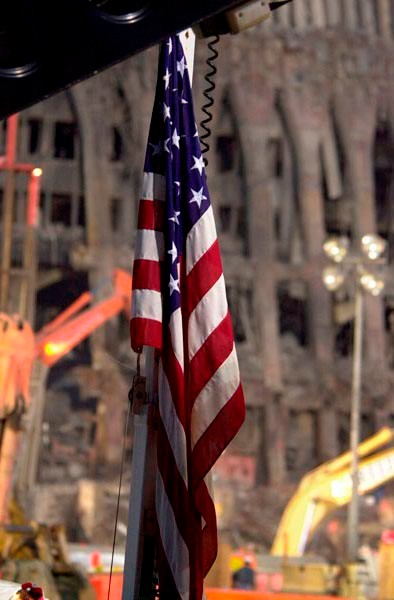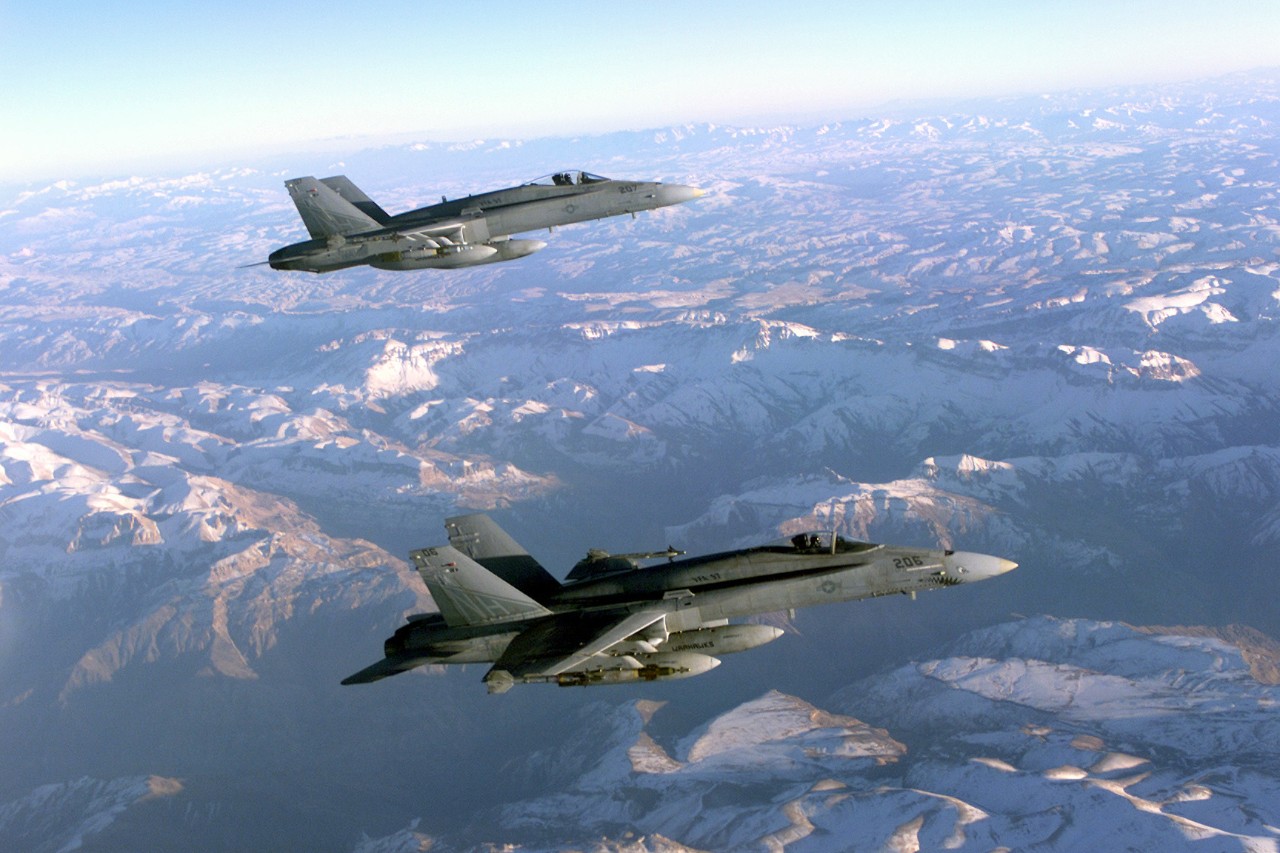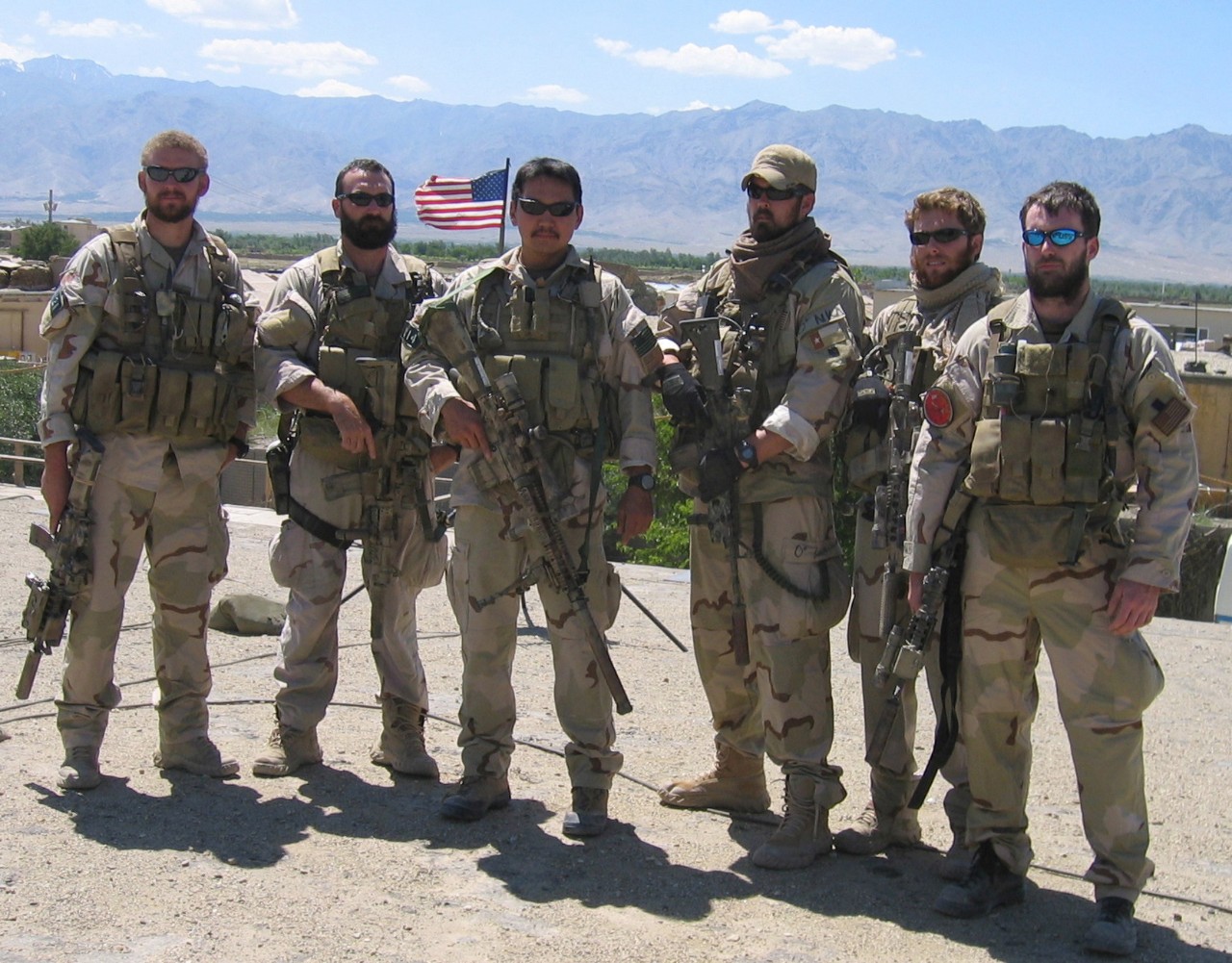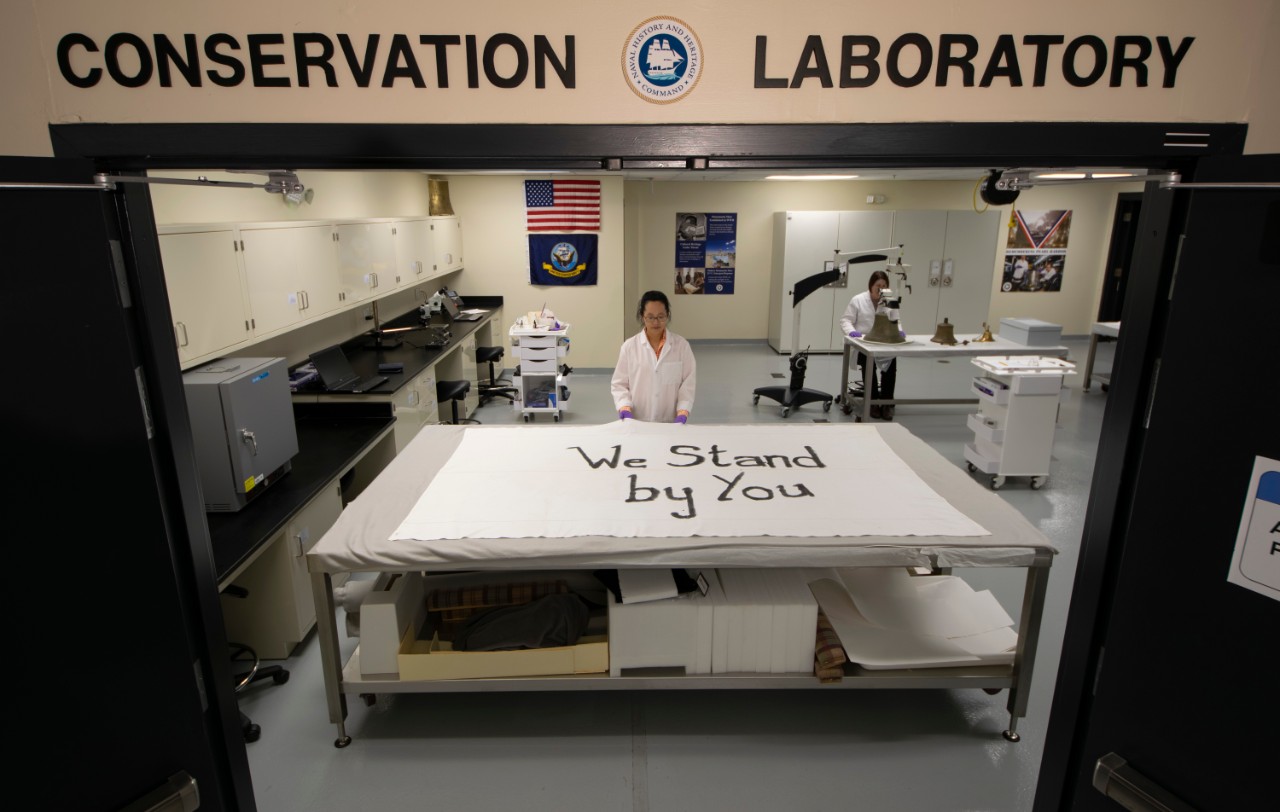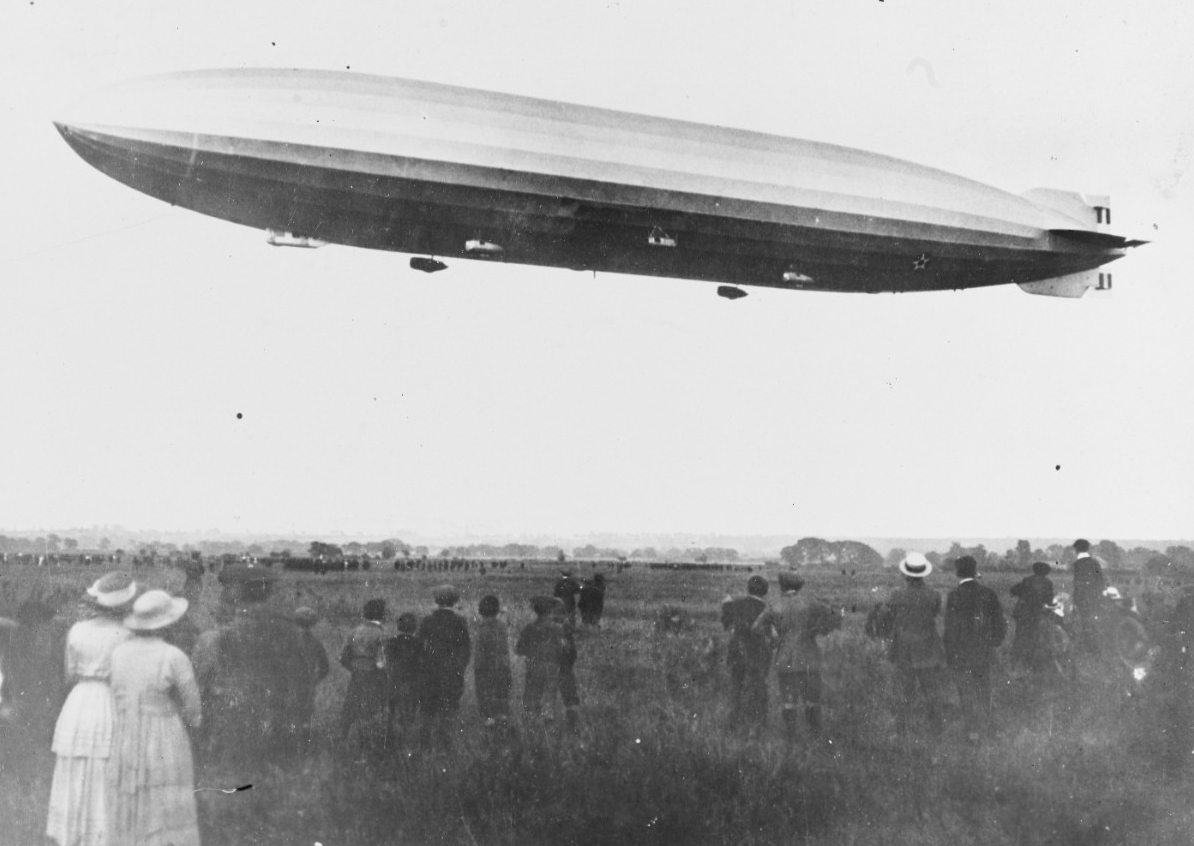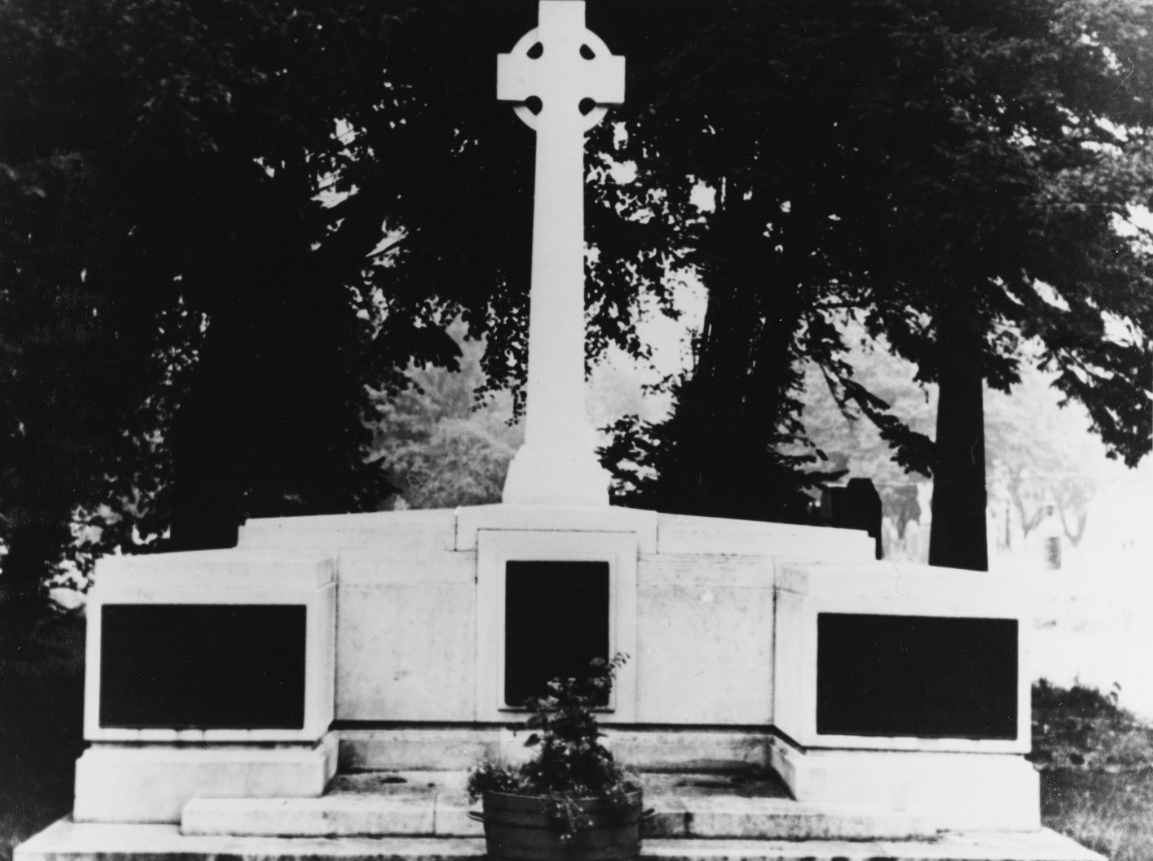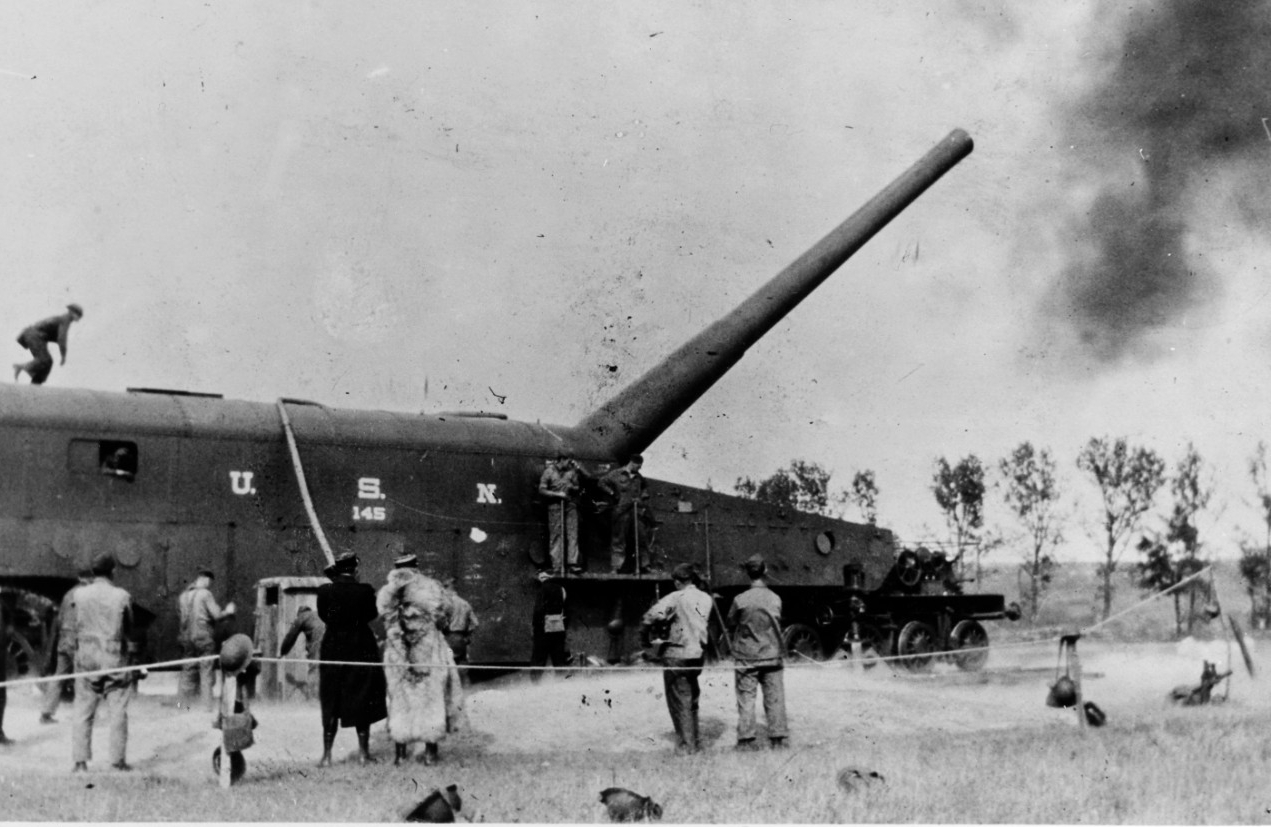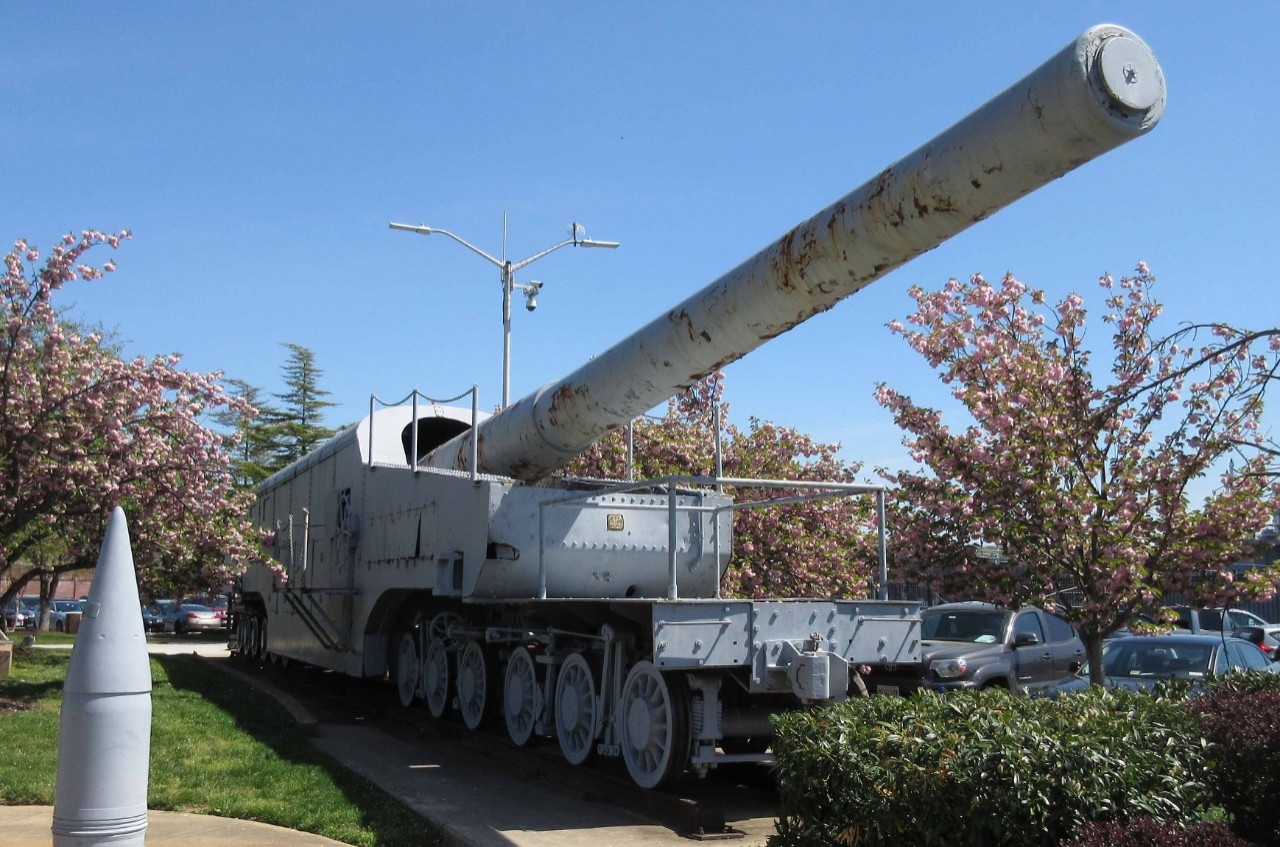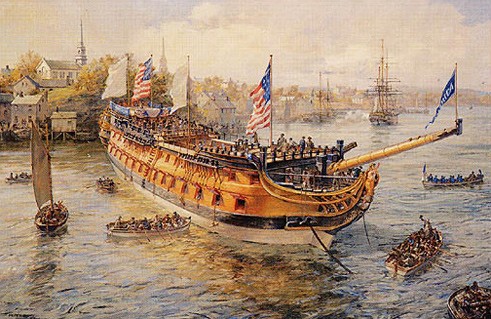Welcome to Navy History Matters—our biweekly compilation of articles, commentaries, and blogs related to history and heritage. Every other week, we’ll gather the top-interest items from a variety of media and social media sources that link to related content at NHHC’s website, your authoritative source for Navy history.
Compiled by Brent A. Hunt, Naval History and Heritage Command Communication and Outreach Division
9/11 Terrorist Attacks
On the morning of Sept. 11, 2001, 19 terrorists from the extremist Islamist group al Qaeda hijacked four commercial aircraft and crashed two of them (American Airlines Flight 11 and United Airlines Flight 175) into the North and South Towers of the World Trade Center complex in New York City. A third plane (American Airlines Flight 77) crashed into the Pentagon in Arlington, Virginia. After learning about the other attacks, passengers on the fourth hijacked plane (United Airlines Flight 93) fought back against the hijackers and the plane was ultimately crashed into an empty field in western Pennsylvania about 20 minutes by air from Washington, DC. The bravery and sacrifice of the 40 passengers and the crew of Flight 93 thwarted an additional devastating attack, saving countless innocent lives. In the aftermath, the Twin Towers collapsed due to the damage from the impacts and ensuing fires. Nearly 3,000 people from 93 different countries lost their lives in the attacks, with most of the fatalities from the World Trade Center. The Pentagon lost 184 civilians and service members. It was the worst attack on American soil since the Japanese attacked Pearl Harbor on Dec. 7, 1941.
Rescue operations began almost immediately. More than 400 police officers and firefighters lost their lives on that fateful day as they rushed into the Twin Towers in an attempt to rescue people trapped inside. On that morning, President George W. Bush was visiting a second grade class in Sarasota, Florida, when his chief of staff, Andrew Card, whispered in his right ear, “A second plane hit the second tower. America is under attack.” To keep the President safe, he was hopscotched across the country on Air Force One, landing in Washington, DC, that evening. At 8:30 p.m., he addressed the nation: “We will make no distinction between the terrorists who committed these acts and those who harbor them.”
Soon after the attacks, evidence gathered by the United States intelligence community soon convinced most other governments that al Qaeda was responsible for the attacks. The group’s leader, Osama bin Laden, had made numerous anti-American statements and had been implicated in previous terrorist strikes against American citizens. Al-Qaeda was headquartered in Afghanistan and had a close relationship with the country’s rulers, the Islamic Taliban group. After the Taliban refused to extradite bin Laden and terminate all al Qaeda activity, NATO Article 5 was invoked, allowing the alliance’s members to respond collectively in self-defense. On Oct. 7, the U.S. and allied military forces launched an attack against Afghanistan—Operation Enduring Freedom. Within months, thousands of militants were killed or captured and Taliban and al Qaeda leaders were driven into hiding. In addition, the U.S. government exerted great effort to track down al Qaeda agents and sympathizers throughout the world and made combating terrorism the focus of U.S. foreign policy. Meanwhile, security measures in the United States were tightened considerably at places such as airports, government buildings, and sports venues. To help facilitate the domestic response, Congress passed the Patriot Act, which temporarily expanded the search and surveillance powers of the Federal Bureau of Investigation and other law enforcement agencies. In addition, the Department of Homeland Security was established.
Navy SEALs (Sea, Air, Land) operating in Afghanistan in support of Operation Enduring Freedom. Medal of Honor recipient (posthumously) Lt. Michael P. Murphy is pictured on the far right. Two other SEALs were awarded the Medal of Honor during Operation Enduring Freedom—Master Chief Petty Officer Britt Slabinski and Chief Special Warfare Operator Edward C. Byers, Jr.
Meanwhile, on the battlefield in Afghanistan, military operations devastated the Taliban regime and undermined bin Laden’s al Qaeda network. By December 2001, most initial campaign goals had been achieved and combat operations shifted to the mountains of eastern Afghanistan, where isolated al Qaeda and associated Taliban militants had fled. Several months later, U.S. forces launched Operation Anaconda, the largest ground battle of the war. Hundreds of Taliban and al Qaeda fighters fled into Pakistan, with bin Laden likely among them. It would not be until May 2, 2011, when U.S. Navy SEALs (Sea, Air, Land) launched a nighttime raid on bin Laden’s compound in Abbottabad, Pakistan, that the al Qaeda leader was killed. Operation Enduring Freedom officially ended on Dec. 28, 2014, although coalition forces remained on the ground to assist with training Afghan security forces until the departure of U.S. forces in August 2021. Thirteen service members and more than 100 Afghan civilians were killed outside the Kabul Airport on Aug. 26, 2021, by a terrorist attack during the chaotic withdrawal. Among those killed were 11 Marines, one Soldier, and Navy Petty Officer Third Class Maxton W. Soviak. In all, the U.S. suffered more than 2,300 casualties in support of Operation Enduring Freedom.
Since the 9/11 terrorist attacks, several monuments have been constructed around the United States and in other countries such as England, Italy, and Israel. The National September 11 Memorial and Museum in New York City opened in May 2014. It pays tribute to those killed in the terrorist attacks on Sept. 11 and during a previous terrorist attack on Feb. 26, 1993. The memorial consists of two reflecting pools in the footprints of the Twin Towers. The 9/11 Pentagon Memorial in Arlington is a permanent outdoor memorial that pays tribute to the 184 who were killed in the attack, and the Flight 93 National Memorial in Shanksville, Pennsylvania, pays tribute to the passengers and crew who gave their lives so that the terrorists that hijacked their plane couldn’t harm anyone else.
NHHC has several artifacts in its collection related to the 9/11 terrorist attacks that were recovered from the rubble of the Pentagon. In addition, NHHC has several other objects that were donated in the aftermath to include a white bedsheet inscribed with the words, “We Stand by You.” The banner was made and displayed by crewmembers on board German destroyer FGS Lütjens to USS Winston Churchill (DDG-81), showing their support. There is also a handmade quilt that was presented to the Pentagon to honor the memory of the people whose lives were lost during the attack on the Pentagon. The quilt squares, created by the English Circle Students of the Thomas Jefferson Middle School in Arlington, are inscribed with the names of those who perished. It is currently on loan to USS Arlington (LPD-24).
The Tragic Last Flight of Airship R-38 (ZR-2)
On Aug. 24, 1921, one of the most tragic air disasters in U.S. naval history, as well as one of the most forgotten, occurred in Hull, England. The day started out celebratory as thousands of onlookers came out to witness the British airship R-38 (U.S. Navy airship ZR-2) leave its hangar on Royal Air Force Base Howden, East Yorkshire, for its fourth and final flight trial preceding its transatlantic voyage to Naval Air Station Lakehurst, New Jersey. The upbeat mood was abruptly changed by tragedy, however, when the ship broke in half and caught on fire. Almost all personnel onboard perished either onboard or in the fuel fire that covered the surface of the water below the burning airship. Forty-four of the 49-person British and American crew died when R-38 exploded over the Humber estuary that day.
R-38 was an ambitious project to construct a Zeppelin-type airship that would be the largest ever built at that time. The completed airship was 695 feet long and cruised at speeds up to 60 knots (nearly 70 miles per hour), but was built with structural modifications to make it more appropriate for use as a military aircraft. These modifications included an extended bay to accommodate larger gas bags, and longer bracing wires between the airship’s frames as well as unsupported keel sections. The ship’s nose was reinforced to allow the airship to be more easily moored, which added significant weight to the ship, but additional support was not added to the airship’s frame to accommodate the extra weight. The position of the mid-ship engine cars was changed to reduce the overall height of the airship and make it easier to maneuver in and out of a hangar, but the respective frame was not reinforced for the extra weight of these engines. The post–World War I airship was one of only four of its kind to be built by the British Royal Airship Works due to post-war austerity measures that shut down the British airship program. However, R-38 was designated to be sold to the United States since a German zeppelin that had been claimed by the U.S. as a war reparation had been destroyed before it could be confiscated. Thus, the project continued even after the British military program had been discontinued.
A group of U.S. Navy personnel, the Howden Detachment, was assigned to train on R-38 prior to its handover. The first detachment personnel arrived at Howden on April 10, 1920. They were led by Navy Cmdr. Louis A. H. Maxfield and included both officers and enlisted Sailors.
R-38 went through several flight trials conducted by both British and American personnel, overseen by British Flight Lt. Jack Pritchard. Pritchard recommended a series of rigorous trials to ensure the airship could withstand the long trip across the Atlantic. His original recommendation for longer trial hours was reduced by the Airship Experimental and Research Division of the Air Ministry, partially due to the British government’s impatience to shut down their airship program following the handover of R-38. Pritchard also voiced concern over performing turning tests at a lower altitude than 7,000 feet, citing German airship safety protocol, but R-38 turning tests were still performed at 2,500 feet despite his objections. Maxfield and the U.S. ambassador were in agreement with the Air Ministry’s decision to hasten trials and alter Pritchard’s recommendations, as the handover of R-38 was also behind schedule on the American side due to the delayed construction of the airship station at Lakehurst. The final agreement was that R-38 would be transferred to the U.S. Navy before the completion of all of the planned trials on the condition that the U.S. Navy would share trial data with Britain.
The airship was highly anticipated by the American press, and its construction was closely followed by the American public. The first transatlantic airship crossing, by the British R-34, had occurred on July 6, 1919, when Pritchard rather theatrically parachuted from the airship to the ground in Long Island in front of a crowd of thousands to become the first person to reach American soil by air from Europe. According to the later book Takeoff into Greatness by Grover Loening, Pritchard “landed lightly and unconcerned in full beribboned uniform, carrying a swagger stick.” Loening remarked that the landing was performed “with a chic that only the English can put over.” Against this background, the R-38 was to become America’s moment of airship glory.
For more on this forgotten tragedy, read the article by Communication and Outreach Division’s Colleen Carrigan at The Sextant. For more on Airships & Dirigibles, visit NHHC’s website.
First Use of Heavy Naval Weapons in Land Offensive
On Sept. 6, 1918, in the first use of major-caliber naval weapons in a land offensive, a U.S. naval railway battery, under the command of Lt. (j.g.) E. D. Duckett, began long-range bombardment operations on German forces operating near Soissons, France. The firing marked the employment of a weapon that had been designed and built in only a few months to counter the Germans long-range artillery that could easily hit targets behind allied lines. In 1917, German railway guns regularly bombarded the key port of Dunkirk, France, and in 1918 during the German spring offensive, they lobbed shells into Paris.
The U.S. Navy was the first to develop the weapons system that could counter the German long-range artillery during World War I. Rear Adm. Ralph Earle, chief of the Bureau of Ordnance, led in the development of railway guns. In December 1917, design work on the weapon began and quickly concluded in late January the following year. The first railway guns were built and ready to ship by April 1918. However, the situation in France became increasingly desperate with the rapid advance of the German army and the uncertainty of which port would still be in allied hands delayed the delivery of the railway guns to the war effort. Lt. Gen. John J. Pershing, commander of the American Expeditionary Force, wanted the weapons delivered to France as soon as possible because the Germans had an advantage over the allies with their superior long-range artillery. Efforts by other allied countries, and the U.S. Army, to develop long-range rail artillery were not completed before the war was over.
Each of the initial five batteries consisted of one 14-inch naval rifle on a specially constructed railroad car. The 14-inch guns were excess to the Navy’s requirements and available for use because the newest battleships were being armed with 16-inch guns. The guns were assembled on the Washington Navy Yard at the Naval Gun Factory and coupled with railway carriages at the Baldwin Locomotive Works and Standard Steel Car Company in Eddystone, Pennsylvania. In addition to the gun car, each of the five batteries came equipped with a locomotive, two ammunition cars with 25 rounds each, two construction material cars, a crane car, and fuel, workshop, kitchen, and medical cars. The five batteries were each independently mobile under the overall command of Rear Adm. Charles P. Plunkett. The entire unit was staffed with about 25 officers and 500 enlisted personnel.
Due to limitations of the traverse of the gun, a railway siding had to be constructed that pointed in the direction of the enemy. Also, to elevate the gun, a pit was dug underneath the rail bed and the rails removed due to the width of the gun breech. The sheer weight of the battery was also a problem because it exceeded the rated capacity of French railroads. The batteries were limited to a speed of only five miles per hour. Although they were subject to German aerial observation, occasional air attack, and counter-battery fire, their mobility was their best defense. During the war, only one Navy crewmember was killed and a small number were wounded. The five batteries of the naval railway unit fired 782 14-inch rounds on 25 different occasions before the war ended. The last round was fired and made impact just seconds before the armistice cease-fire went into effect at 11 a.m. on Nov. 11, 1918.
Today in Naval History—74-Gun America Gifted to France
On Sept. 3, 1782, the 74-gun ship-of-the-line America was gifted to France to replace the French ship Magnifique, which had run aground and was destroyed earlier that year while attempting to enter Boston Harbor. The ship—the first American vessel to be named America—symbolized the appreciation for France’s service to the United States’ cause and the sacrifices it had made during the American Revolution.
Although the ship was never commissioned into service by the Continental Navy, it was the largest American-built warship at the time at 182 feet in length. The ship was built near Portsmouth, New Hampshire, and was one of three 74-gun ships-of-the-line that was authorized by the Continental Congress in November 1776.
However, during the building process, construction was often delayed due to a chronic scarcity of funds, seasoned craftsmen, and well-seasoned timber. The project dragged on for more than two years under the supervision of Col. James Hackett. On Nov. 6, 1779, the Marine Committee appointed Capt. John Barry as the ship’s prospective commanding officer. Nevertheless, the difficulties that plagued the progress of the ship continued. Eventually, Barry was ordered to Boston to take command of 36-gun frigate Alliance in September 1780. Over the next nine months, Robert Morris was tasked with completing the ship, and on June 26, 1781, Capt. John Paul Jones was appointed the commanding officer of America. However, before the ship was ready to be launched, Congress decided to present the ship to King Louis XVI of France. Jones continued to oversee work on the ship until it was launched on Nov. 5, 1782.
Little is known of America’s service under the French flag other than it was brief. About three years after entering French service, it was examined by a survey committee and was found to have dry rot beyond economical repair, probably caused during its wartime construction using green timber. The ship was subsequently scrapped and a much larger America was constructed by France to take its place.

